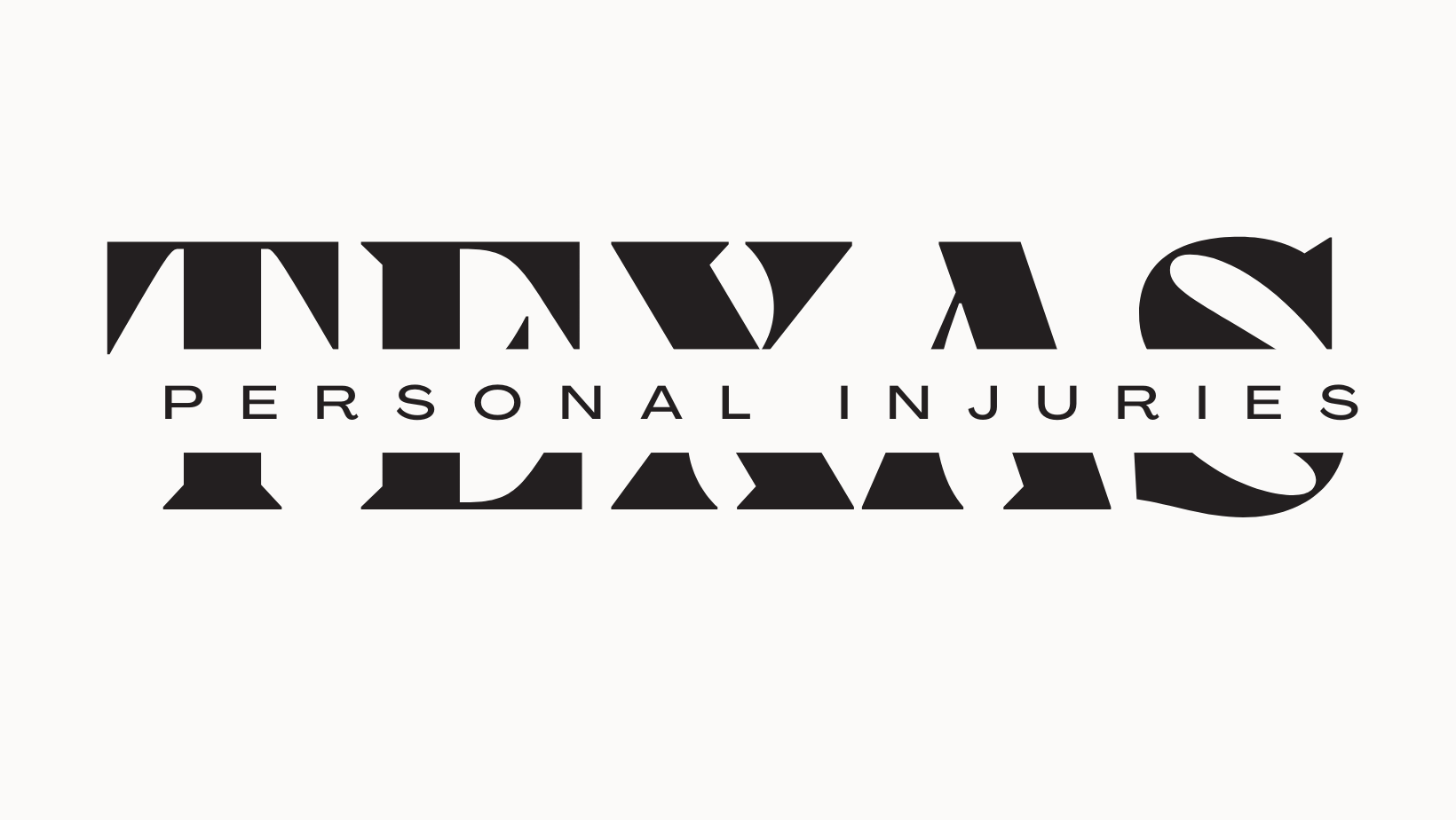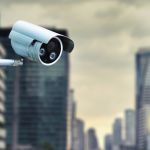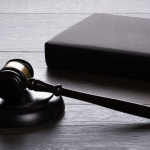In today’s digital world, cameras are everywhere—from security systems and traffic lights to doorbell cams and smartphones. When a personal injury occurs, surveillance footage can become one of the most powerful pieces of evidence, offering an objective account of what happened. Whether you slipped in a grocery store or were involved in a car accident, video recordings can significantly impact the outcome of your case.
In this article, we explore the importance, use, and legal considerations of surveillance footage in personal injury cases, and how it can help—or hurt—your claim.
Why Surveillance Footage Matters
Unlike witness testimony, which can be subjective or flawed due to memory gaps, video evidence offers a real-time, unbiased view of events. Surveillance footage can:
Prove how the injury occurred
Confirm timelines and sequences of events
Corroborate or contradict eyewitness accounts
Demonstrate negligence or hazardous conditions
Reveal fraudulent or exaggerated claims
In a courtroom or settlement negotiation, having clear footage of an incident can strengthen your position dramatically.
Types of Surveillance Footage Commonly Used
1. Security Camera Footage
Many public and private places—like stores, restaurants, parking garages, and apartment complexes—have CCTV systems that record 24/7. These can capture everything from a slip-and-fall to a vehicle collision.
2. Traffic and Dash Cameras
Traffic cams at intersections or highways may record accidents and show who had the right of way.
Dashcams (in police vehicles or personal cars) often provide clear views of vehicle positioning, road conditions, and driver behavior.
3. Body Cameras
In certain incidents involving police or emergency responders, bodycam footage may offer valuable insight.
4. Doorbell Cameras
Devices like Ring or Nest may capture accidents on sidewalks, front yards, or near private property.
5. Cell Phone Recordings
Sometimes, bystanders may capture footage on their phones. While not technically “surveillance,” this footage can be submitted as evidence.
How Surveillance Footage Helps Personal Injury Cases
✅ Supports Your Claim
If you’re claiming you slipped on a wet grocery store floor, surveillance footage can show the liquid, lack of warning signs, and timing of your fall.
✅ Counters False Defenses
Footage may disprove defense arguments, such as the injured party being reckless or the hazard being recently created.
✅ Establishes Liability
Video can reveal who was responsible for creating or failing to fix a dangerous condition—key in proving negligence.
✅ Determines Extent of Injuries
While it can’t always show the pain felt, footage might depict how the injury occurred or show visible distress, helping quantify damages.
When Surveillance Footage Can Hurt Your Case
Surveillance can be a double-edged sword. Defendants—particularly insurance companies and defense attorneys—may use surveillance to challenge your credibility.
❌ Disproving the Injury
If you claim a back injury but are later seen lifting heavy bags or exercising, your case may suffer.
❌ Catching Inconsistencies
If your deposition states you fell at 2:00 PM but video shows the incident happened later—or never happened at all—that discrepancy can undermine your entire case.
❌ Pre-Injury Behavior
Footage before the incident may be used to show that you were distracted, intoxicated, or behaving recklessly.
This is why it’s essential to be truthful and consistent throughout your personal injury claim.
How to Obtain Surveillance Footage
Step 1: Act Quickly
Surveillance systems often overwrite data within 24–72 hours, especially in commercial properties. Time is critical.
Step 2: Request the Footage
You or your attorney can send a preservation of evidence letter to the property owner.
If needed, your lawyer can issue a subpoena to compel release of the footage.
Step 3: Check Public Sources
In some cities, traffic camera footage may be available through public records requests.
Step 4: Explore Third-Party Options
Look for adjacent businesses or homes that may have relevant footage (such as a neighboring business’s camera pointing at a sidewalk).
Privacy and Legal Considerations
Surveillance footage must be lawfully obtained to be admissible.
Expect pushback from defendants who may claim ownership, loss of footage, or privacy concerns.
Your attorney will ensure that the video complies with chain of custody requirements and legal standards.
What to Do If You Suspect There’s Video Evidence
Tell Your Attorney Immediately
Share all possible sources of footage related to your injury.Don’t Contact Property Owners Yourself
They may refuse or delay release. Let your attorney handle it legally and professionally.Be Honest in Your Claim
If there’s footage, any inconsistencies in your story will be exposed.
Surveillance footage plays an increasingly important role in personal injury litigation. Whether it supports your claim or is used to challenge it, video evidence can be a case-defining factor. If you believe your injury was recorded, contacting a qualified personal injury attorney as soon as possible is essential.
At Texas Personal Injuries, we understand how to locate, preserve, and leverage video evidence to your advantage. If you’ve been hurt due to someone else’s negligence, we’re here to protect your rights and build the strongest case possible.




Leave a Reply